

The Future of Electric Vehicles: Trends and Predictions
The Future of Electric Vehicles: Trends and Predictions
The global transition to sustainable mobility is accelerating, with electric vehicles (EVs) leading the charge. With governments setting ambitious emission targets and consumers demanding eco-friendly options, the EV market is poised for explosive growth.
In this article, we’ll explore the current trends, predictions, and insights shaping the future of electric vehicles.
Ready to experience the future of electric vehicles?
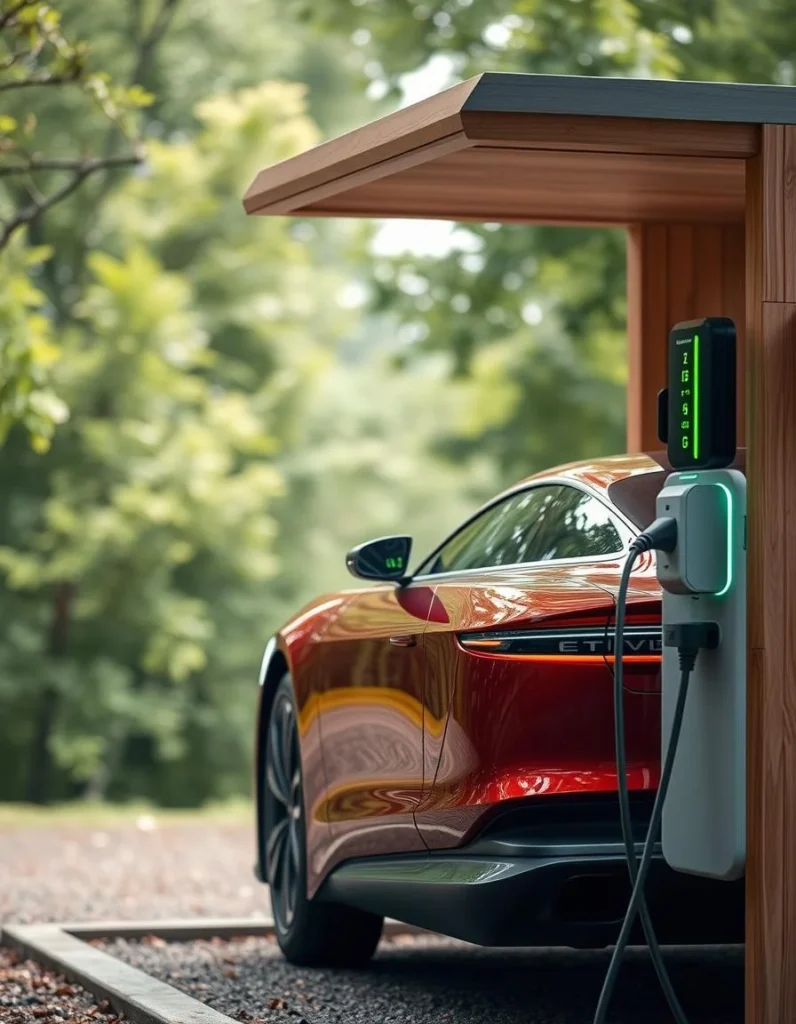
Key EV Statistics:
Environmental Impact:
Emissions Reduction
– 70% reduction in greenhouse gas emissions from EVs compared to gasoline-powered vehicles (Source: EPA)
Emissions Avoided
– 13.6 million metric tons of CO2 emissions avoided in 2022 due to EV adoption (Source: ICCT)
Sustainable Mobility
– EVs are a key part of the transition to a more sustainable transportation system.
Market Growth:

36% Annual Growth
EV sales are expected to grow by 36% annually from 2020 to 2025.

Global Adoption Rates
Europe leads EV adoption with a 25% market share, while China accounts for 50% of global EV sales.

10 Million EVs by 2025
The US is projected to have 10 million EVs on the road by 2025.
Technological Advancements:
Improved Batteries
Solid-state and lithium-air batteries promise significant range increases.
Faster Charging
Autonomous Driving
Battery Recycling

Current State of Electric Vehicles
The electric vehicle market has experienced remarkable growth in recent years. Let’s examine the current state of EVs and the factors driving their adoption.
Growth, Market Dynamics, and Infrastructure Supporting EV Adoption

Global EV Adoption Rates:
– 10% of global car sales were electric in 2022 (Source: IEA)
– Europe leads EV adoption with 25% market share (Source: EV-Volumes)
– China accounts for 50% of global EV sales (Source: CAAM)
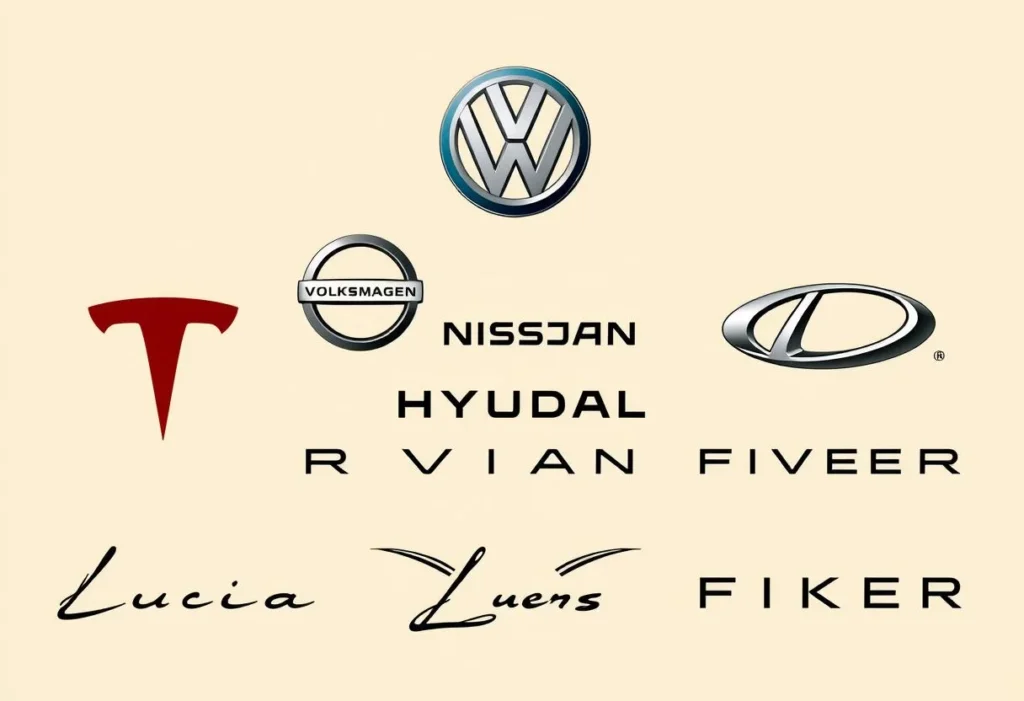
Market Share Analysis:
– Tesla dominates EV market with 23% share (Source: EV-Volumes)
– Volkswagen Group, Nissan, and Hyundai/Kia follow closely (Source: EV-Volumes)
– New entrants like Rivian, Lucid Motors, and Fisker Inc. gaining traction

Available EV Models and Manufacturers:
– Over 200 EV models available worldwide (Source: EV-Database)
– Major manufacturers committing to electrified lineups:
– Volkswagen (70% electric by 2030)
– General Motors (20 EV models by 2025)
– Ford (electric F-Series and Mustang)

EV Infrastructure Development:
– 30,000+ public EV charging stations in the US (Source: US Department of Energy)
– Fast-charging corridors expanding across Europe and Asia
– Home charging solutions improving with smart chargers and solar integration
Future Trends and Predictions in the Electric Vehicle Industry
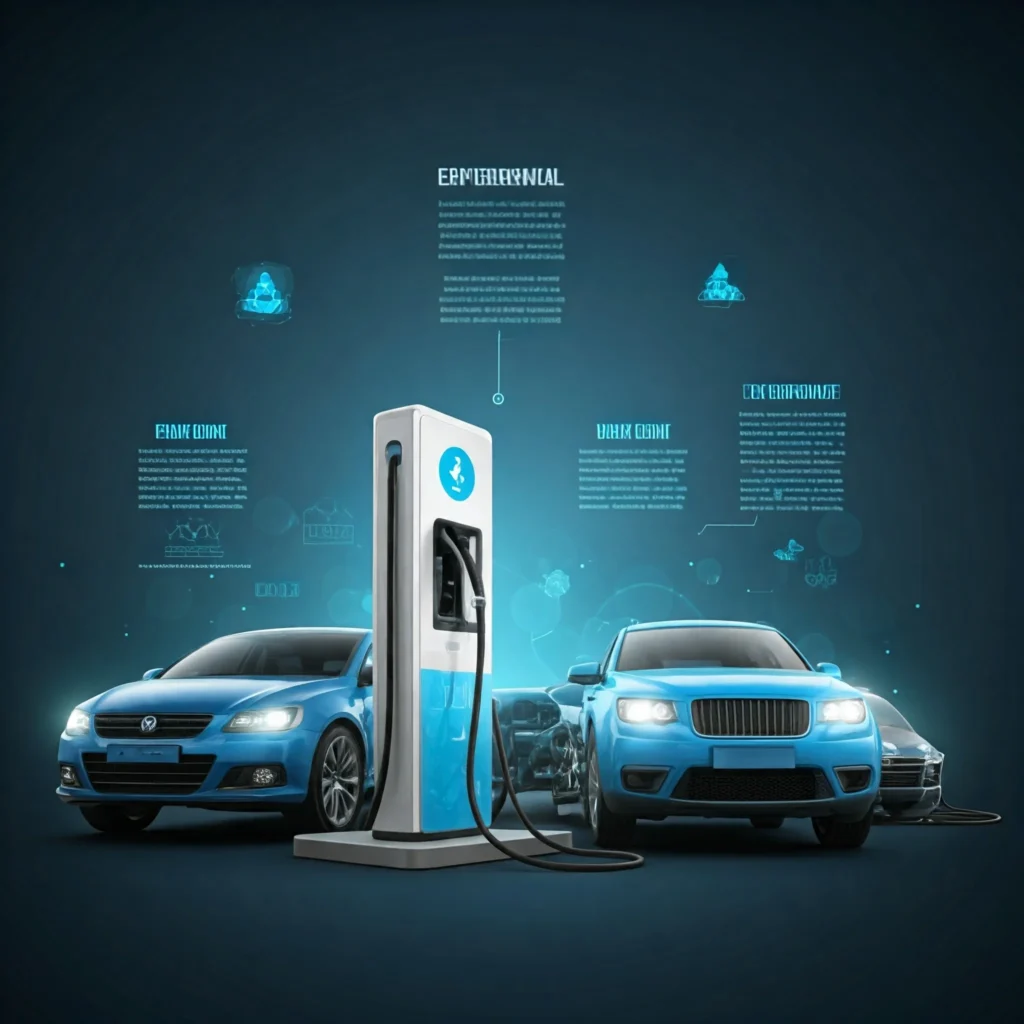
Key Trends in the EV Industry

Trend 1: Advancements in Battery Technology
– Solid-state batteries promise 50% increase in range (Source: BloombergNEF)
– Lithium-air batteries could triple range (Source: University of Oxford)
– Battery recycling emerges as a critical industry segment
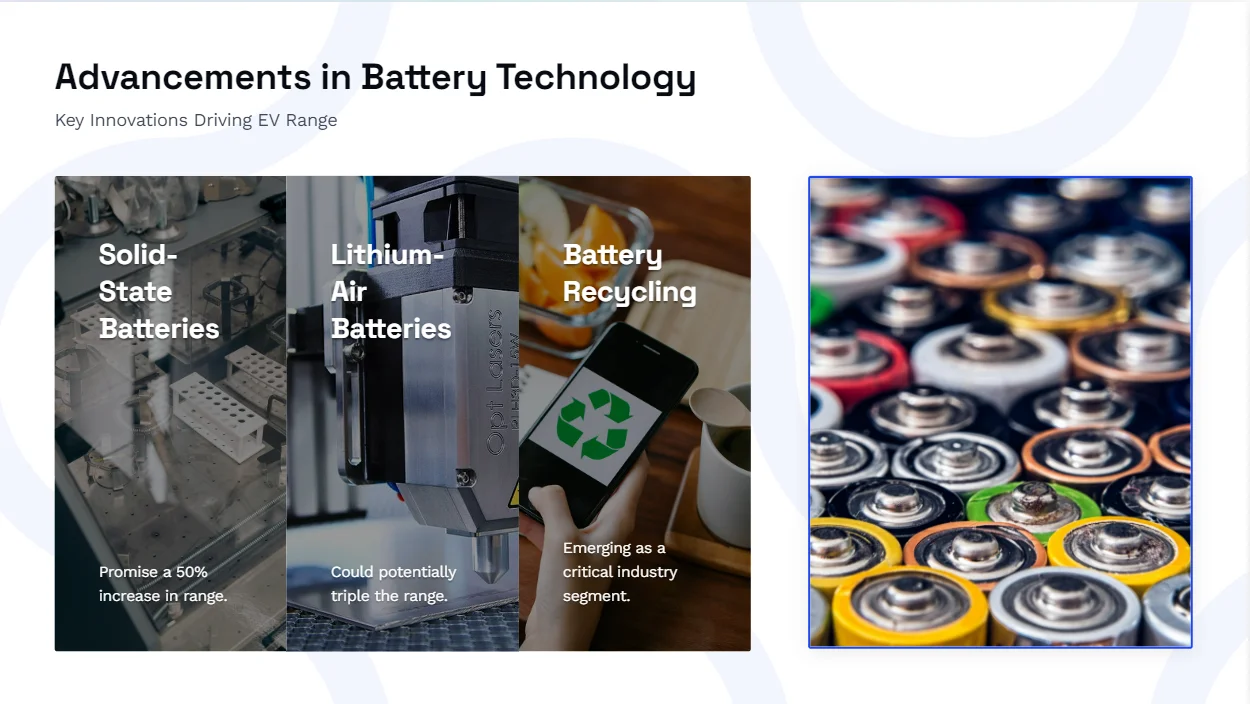

Trend 2: Charging Infrastructure Expansion
– Fast-charging corridors to cover 75% of US highways by 2025 (Source: US Department of Energy)
– Urban charging hubs to proliferate (Source: ChargePoint)
– Wireless charging technology gains traction


Trend 3: Government Incentives and Regulations
– Global EV incentives total $14 billion (Source: IEA)
– EU sets 50% EV sales target by 2030 (Source: European Commission)
– US renews EV tax credit (Source: US Government)
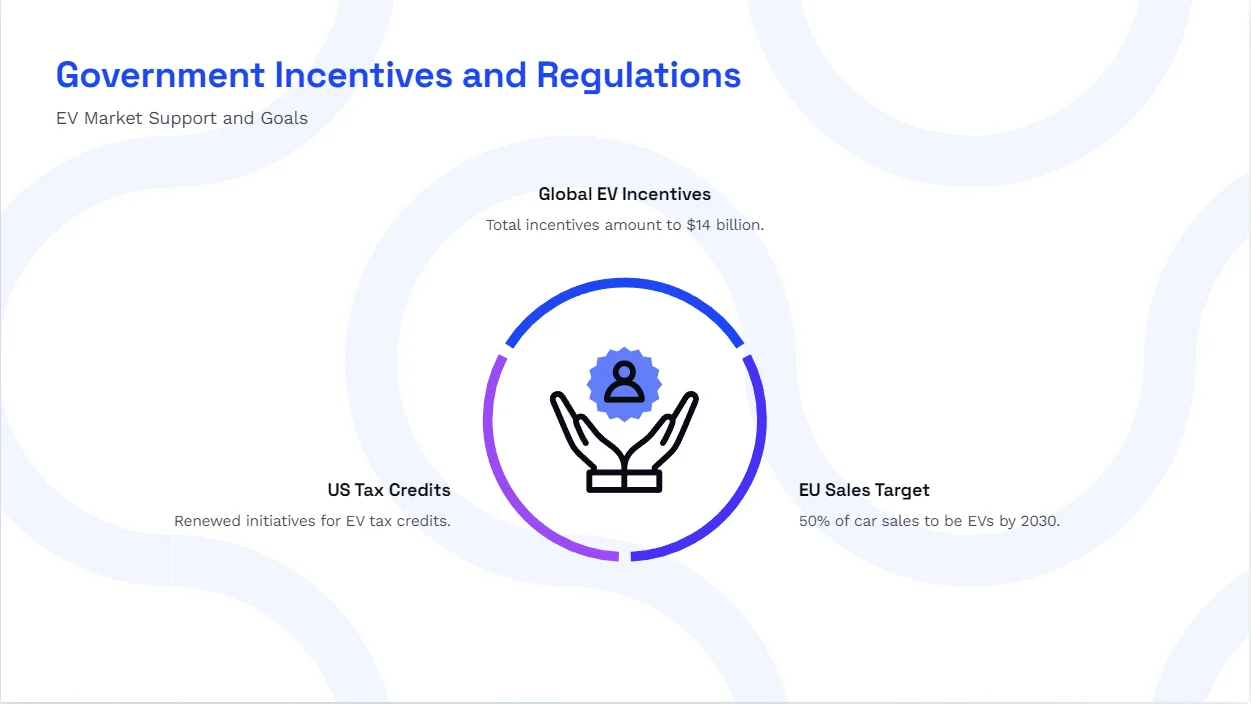

Trend 4: Emerging EV Markets
– Asia-Pacific EV sales to reach 50% market share by 2025 (Source: Wood Mackenzie)
– Latin America’s EV market grows 30% YoY (Source: EV-Volumes)
– Africa’s EV adoption driven by solar-powered charging
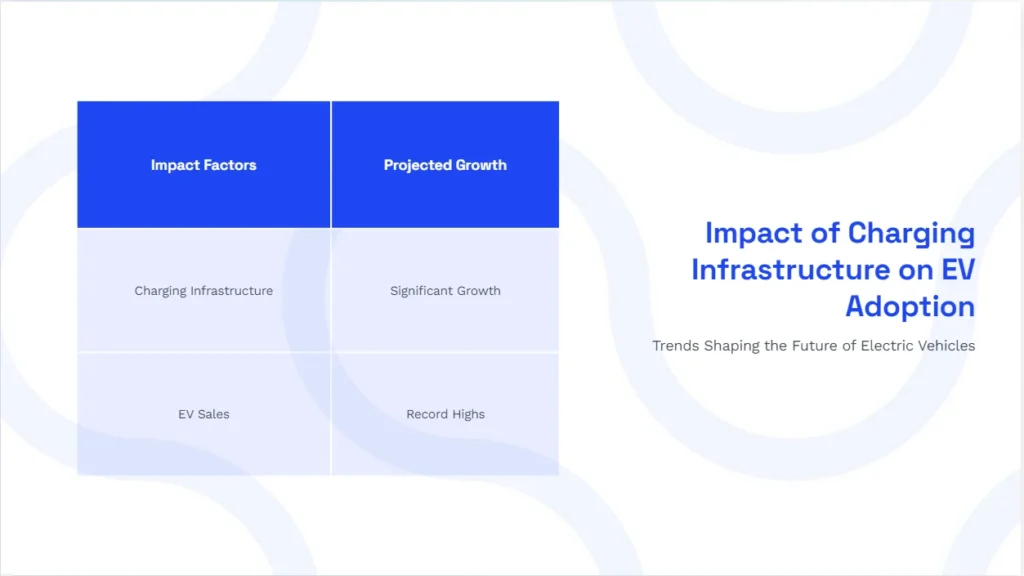
Predictions
– 50% of new car sales to be electric by 2040 (Source: BloombergNEF)
– EVs to reach price parity with ICE vehicles by 2027 (Source: Wood Mackenzie)
– Autonomous EVs to transform transportation by 2030 (Source: McKinsey)
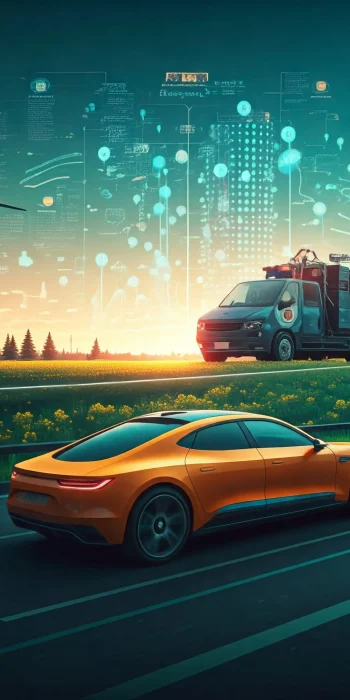
Challenges and Opportunities
Challenges:
1. Range Anxiety: Limited charging infrastructure and range concerns hinder adoption.
2. Affordability: Higher upfront costs, despite lower total cost of ownership.
3. Environmental Impact: Source of electricity, battery production emissions, and resource extraction.
4. Manufacturing and Supply Chain: Scalability, material sourcing, and production efficiency.
Opportunities:
1. Technological Advancements: Improved batteries, charging, and autonomous driving.
2. Government Incentives: Tax credits, subsidies, and investment in infrastructure.
3. Sustainability: Reduced greenhouse gas emissions, improved air quality, and resource conservation.
4. Economic Growth: Job creation, investment, and innovation in the EV sector.
Addressing Challenges

Charging infrastructure
Expand and standardize charging networks.

Cost Reduction
Achieve economies of scale to lower EV prices.

Sustainable Manufacturing
Implement eco-friendly practices and resource recycling.

Education
Address range anxiety through awareness campaigns.
Capitalizing on Opportunities:
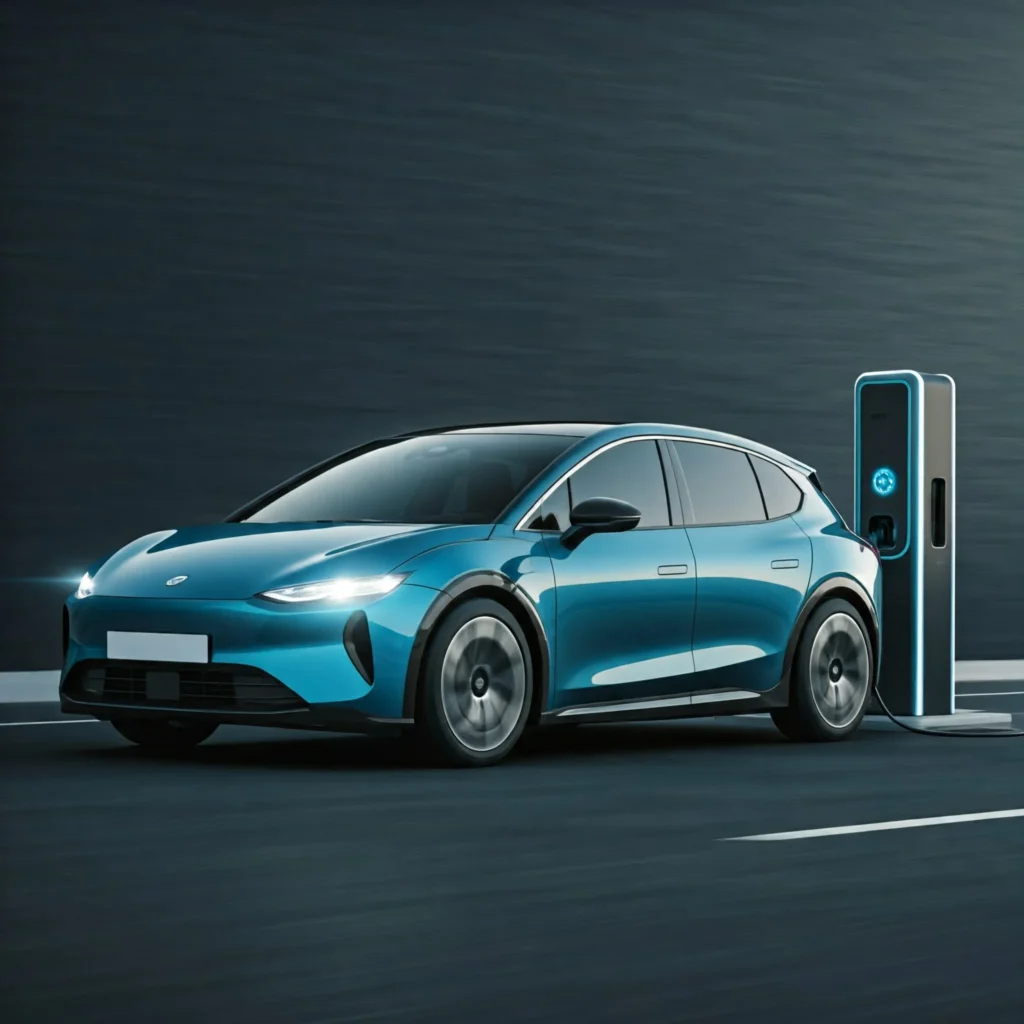
EV Research
Invest in R&D to drive technological advancements.
Government Support
Encourage policy frameworks and incentives for EV adoption.
Sustainable Solutions
Promote eco-friendly transportation and energy initiatives.
Partnerships
Foster public-private collaborations for infrastructure development.
Conclusion
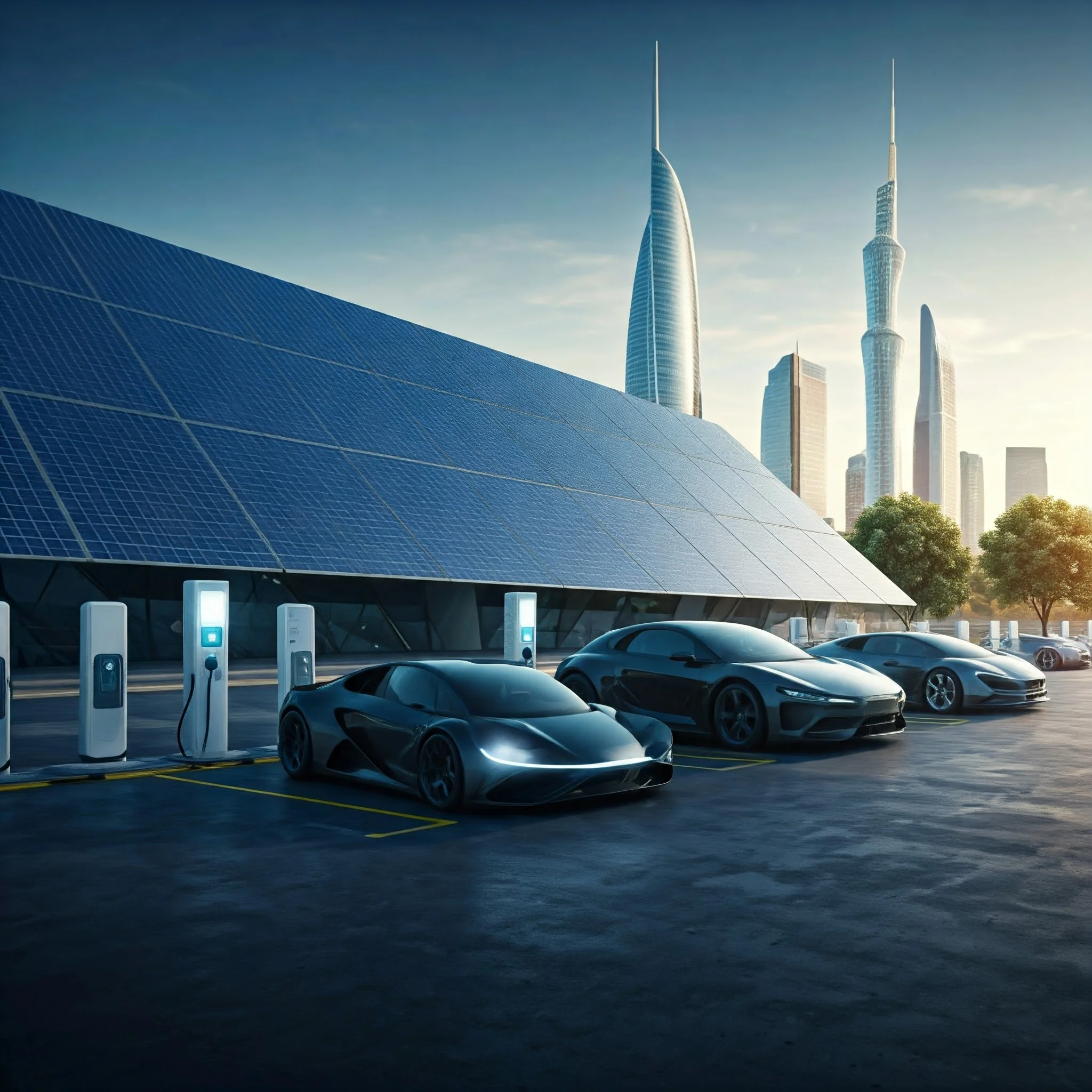
Key Takeaways:
1. EV adoption is accelerating, with 30% of global car sales projected to be electric by 2030.
2. Advancements in battery technology, charging infrastructure, and autonomous driving will transform the industry.
3. Sustainability, environmental benefits, and economic growth will drive EV adoption.
4. Addressing range anxiety, affordability, and manufacturing challenges is essential.
Stay ahead of the curve! We’re excited to announce that EVs will be joining our inventory soon. Sign up for updates and be the first to know when they arrive SignUp here
By embracing the future of electric vehicles, we can create a more sustainable, efficient, and connected transportation ecosystem. Also check out our other interesting blogs click Here
Automotive Souk is committed to providing innovative EV solutions, exceptional customer experiences, and a greener tomorrow. Explore our extensive inventory of quality vehicles at AutomotiveSouk.com
Add a comment Cancel reply
You must be logged in to post a comment.
Categories
- Automotive (41)
- Car News (41)
- Car Reviews (35)
Recent Posts
About us

“Guiding our automotive insights, Sushil delves into the world of cars with an unwavering passion. Through the twists and turns of the industry, their words drive the engine of knowledge and enthusiasm.”
Popular Tags
Related posts


2025 RAM 1500 Limited Night 3.0L: Power, Luxury, and Style Redefined

Car Safety Features: What You Need to Know








